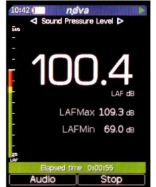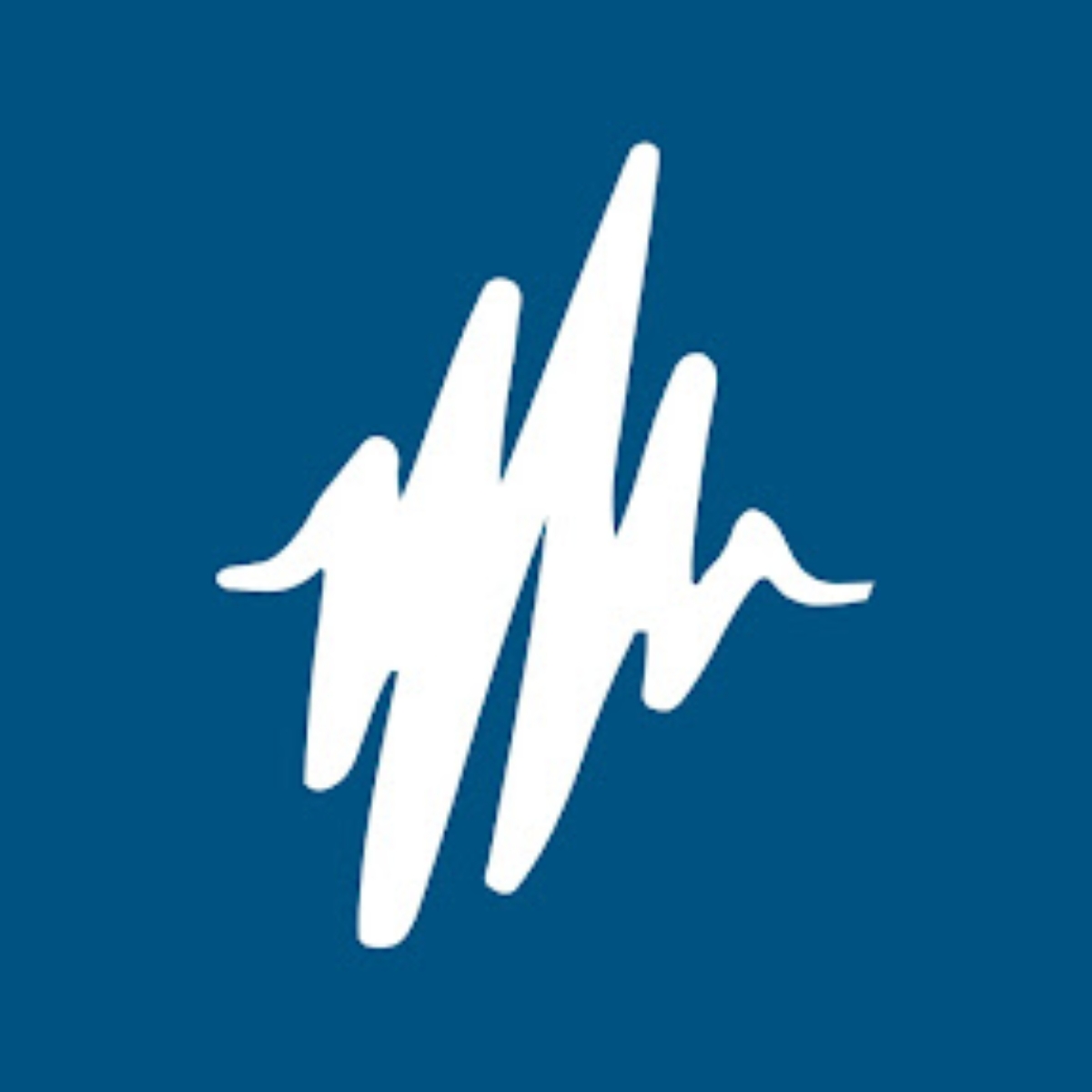 Add My Company
Add My Company
Sign In

What are the different frequency weightings and why do you need to know?
Understanding the difference between noise frequency weightings is one of the most important things you need to know about when measuring sound. This is because picking the wrong sound level meter weighting on your sound level pressure meter could mean your results become irrelevant for the purpose and at worst invalid (not legally compliant).
You may have noticed that some sound meters allow you to choose the frequency weighting you want to measure noise at. The three most commonly used decibel weightings are 'A', 'C' and 'Z' as defined in the sound level meter standards IEC 61672:2013 (BS EN 61672-1:2013), but which one do you choose? We explain this is more detail below, but if you own one of our Pulsar Nova sound level meters which measures all of these frequencies simultaneously, you need not ever worry about picking the wrong weighting.
What are 'A', 'C' and 'Z' weightings
A, C and Z noise frequency weightings. The Pulsar Nova screen showing 'A' weighted measurements
A-weighting – (A-frequency-weighting). A sound level meter weighting that makes its readings conform to a notional human hearing response. It is defined in various International standards such as the IEC 61672, as well as in various national standards such as ANSI S1.4. (USA). ‘A’ Weighted is the most commonly used and covers the full frequency range of 20Hz all the way up to high frequency 20 kHz. The human ear is most sensitive to sound frequencies between 500 Hz and 6 kHz (especially around 4 kHz) whilst at lower and higher frequencies the human ear is not very sensitive. The 'A' weighting adjusts the sound pressure level readings to reflect the sensitivity of the human ear and is therefore mandated all over the world for hearing damage risk measurements. Any approved sound level meter meeting IEC 61672 is mandated to incorporate at least an A-weighting filter. Measurements are commonly displayed as dB(A) or dBA or as LAeq, LAFmax, LAE.
C-weighting – (C-frequency-weighting). The C-weighted frequency looks more at the effect of low-frequency sounds on the human ear compared with the A-weighting and is essentially flat or linear between 31.5Hz and 8kHz, the two – 3dB or ‘half power’ points. Peak Sound Pressure Measurements are made using the C- frequency weighting. This is c-weighted peak is for measuring impulse noise and is referred to as CPeak . Measurements are typically displayed as dB(C) or dBC. Or for example as LCeq, LCPeak, LCE – where the C shows the C-weighting.
Z-Weighting – (Z-frequency-weighting). Z-weighted is the flat frequency response of 8Hz to 20kHz (+/- 1.5dB), this is the actual noise that is made with no weighting at all for the human ear (Z for zero). Often used in octave band analysis and for determining environmental noise. Measurements made are displayed as dB(Z) or dBZ, or LZeq, LZFmax, LZE – where the Z shows the use of the Z-weighting.
The sound level meter standard IEC 61672 specifies the performance and tolerances for the frequency weighting curves to be used.
Frequency (Hz)
63
125
250
500
1k
2k
4k
8k
16k
A-weighting (dB)
– 26.2
– 16.1
– 8.6
– 3.2
0
1.2
1
-1.1
– 6.6
C-weighting (dB)
– 0.8
– 0.2
0
0
0
– 0.2
– 0.8
– 3.0
– 8.5
Z-weighting (dB)
0
0
0
0
0
0
0
0
0
Why do I need to know this?
The human ear is most sensitive to sound frequencies between 500 Hz and 6 kHz. When measuring sound pressure level variations, especially for potentially damaging noise levels for workplace noise, it is important that the sound level meter is able to give an accurate representation of what the human ear actually hears. Frequency weightings do this by giving more weight to different frequencies over others (i.e. emphasising some frequencies and de-emphasising others).
A-weighting for noise at work
When measuring the impact of noise at work on hearing the A-weighted noise measurements should be presented (commonly displayed as dB(A), (correctly written as LAeq)). Representative 'A' weighted average noise level readings should be taken for each task undertaken by an employee and then using software or the HSE's calculator determine an individual's exposure level.
Current level and limits dB(A) of an 8-hour period
Current levels of limits
dB(A) / LAeq
dB(C) (LCPeak)
Lower Exposure Action Values
80 daily or weekly
135 daily or weekly
Upper Exposure Action Values
85 daily or weekly
137 daily or weekly
Legal Limit
87 daily or weekly
140 daily or weekly
C-weighted decibels for noise at work
People often forget the need to assess the risk from any impulsive noise (very sudden short-lived noises, bangs and crashes). The C-weighting is used for this to give us the peak sound pressure for the impulsive noise that the human ear is exposed to dB(C) (or LCPeak).
Most modern sound level meters and dosimeters will measure both the LAeq and the LCpeak simultaneously.
For more information on Understanding A-C-Z Noise Frequency Weightings talk to Pulsar Instruments plc
Enquire Now
List your company on FindTheNeedle.
